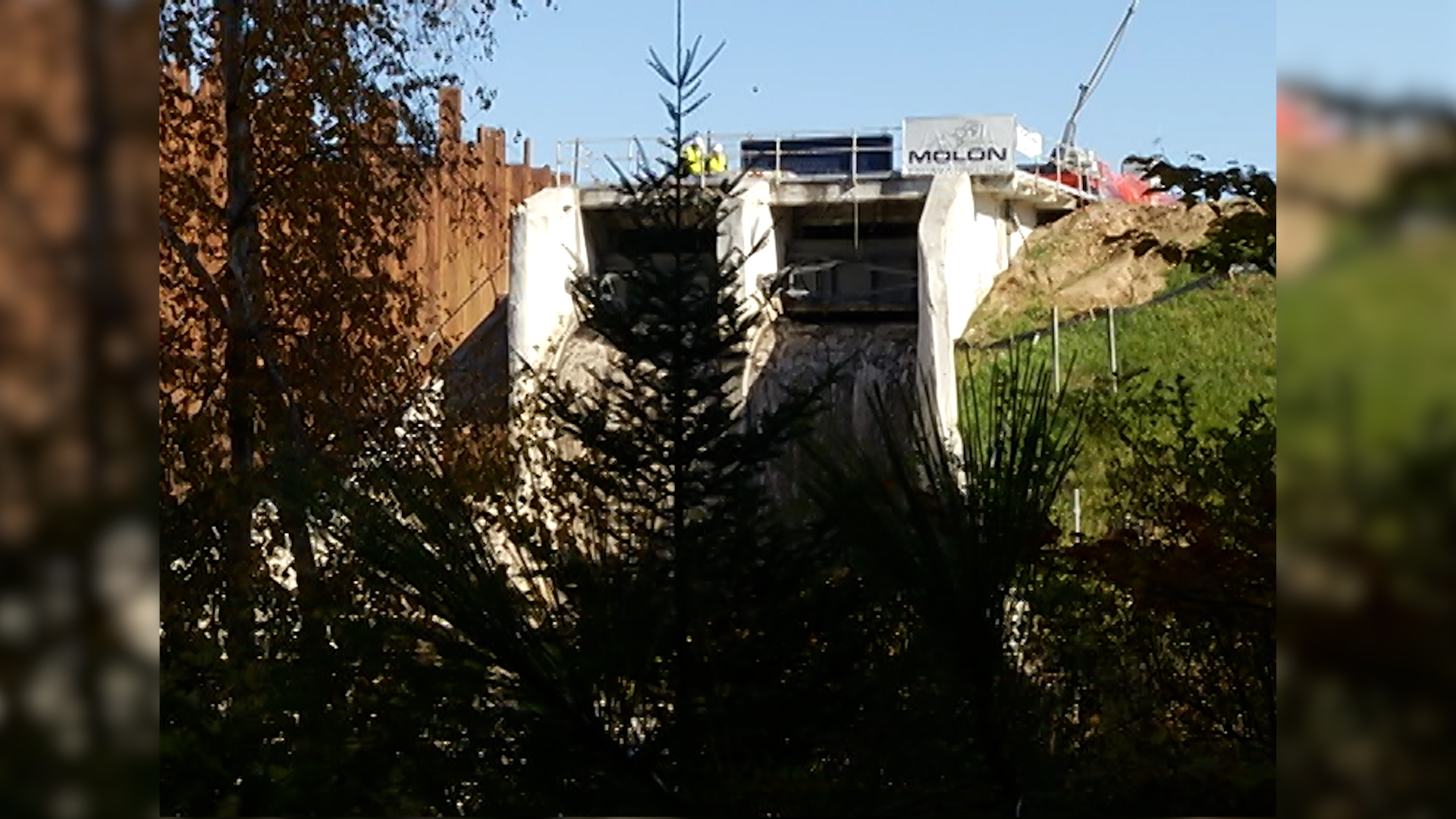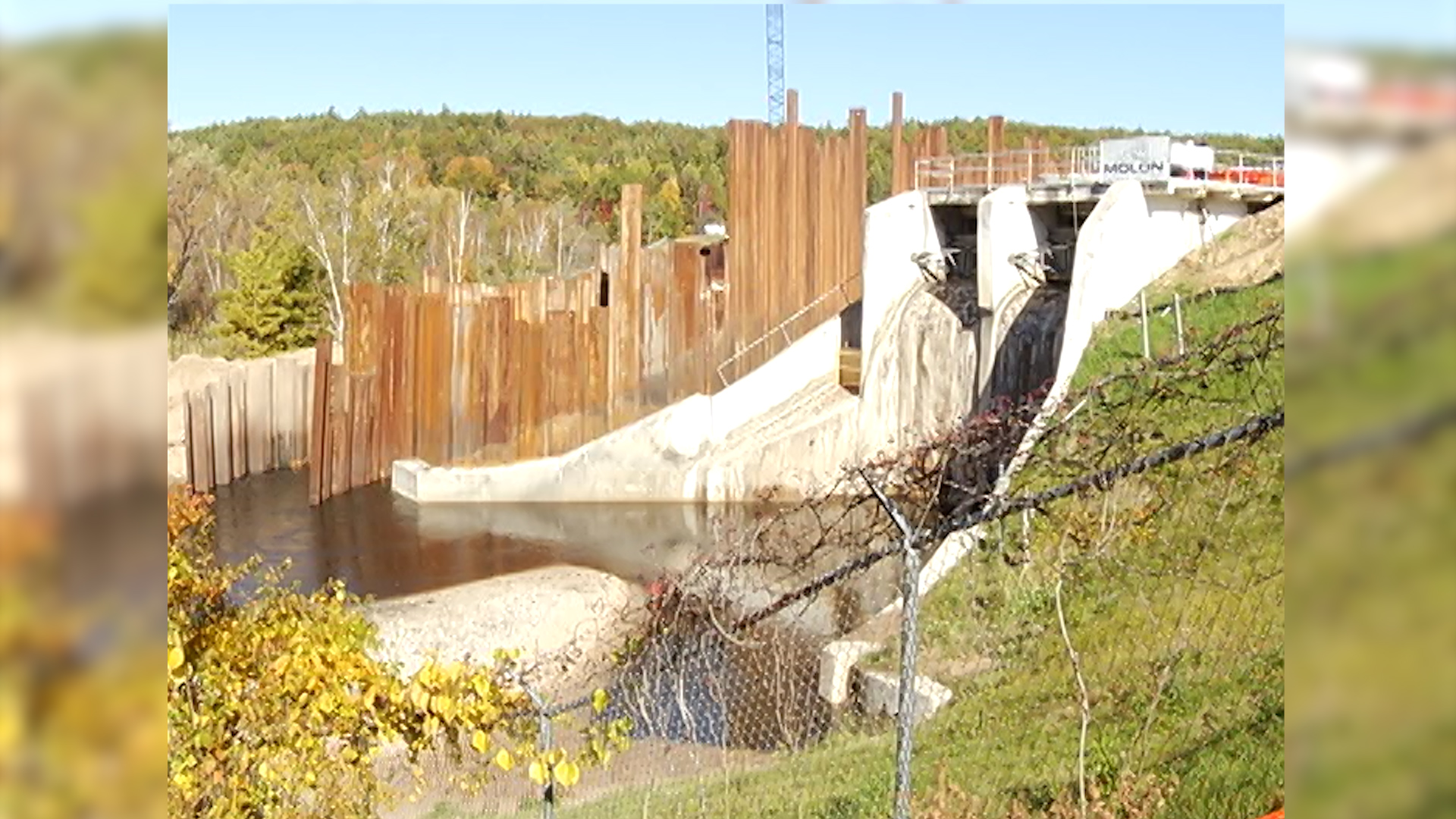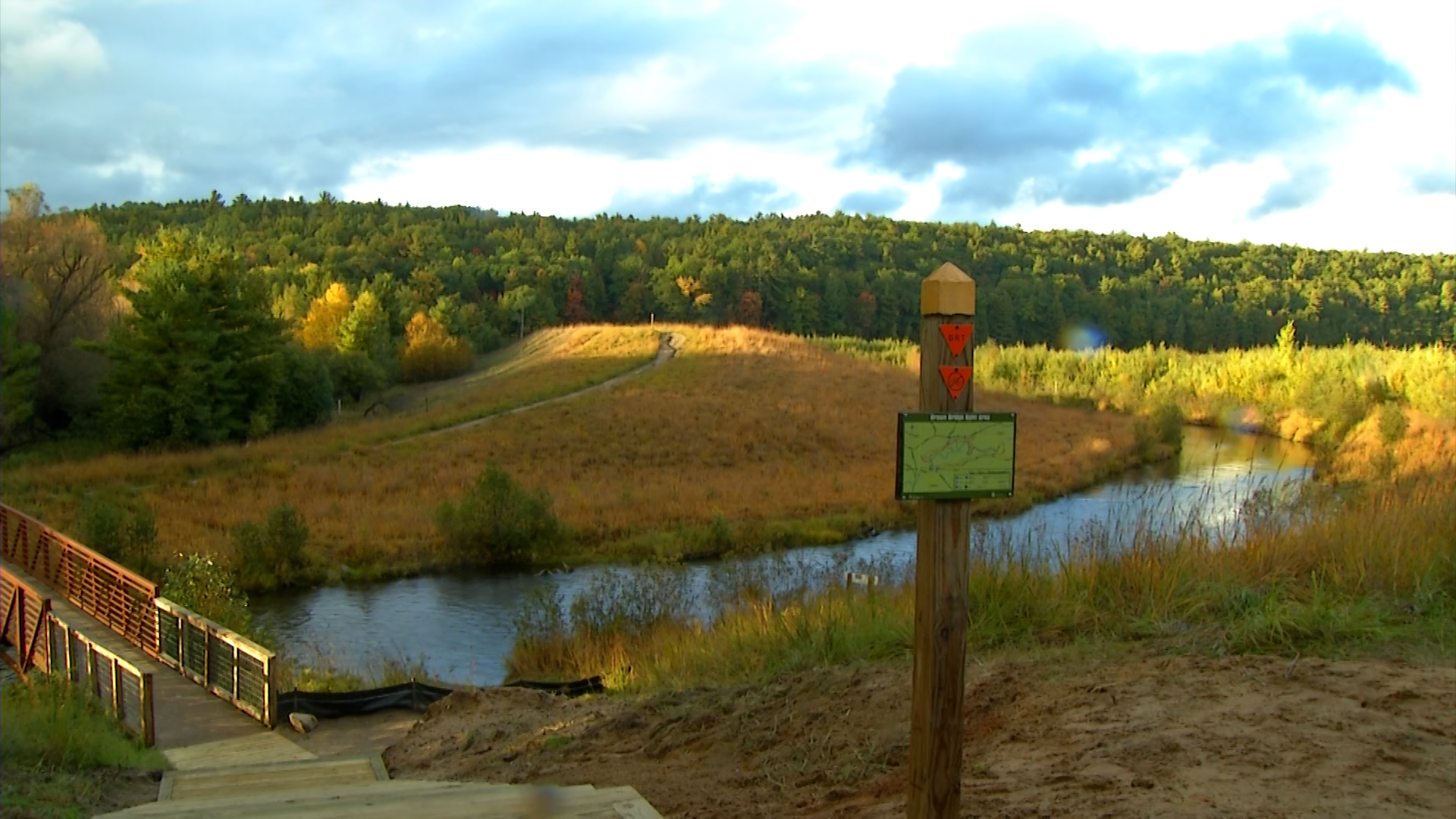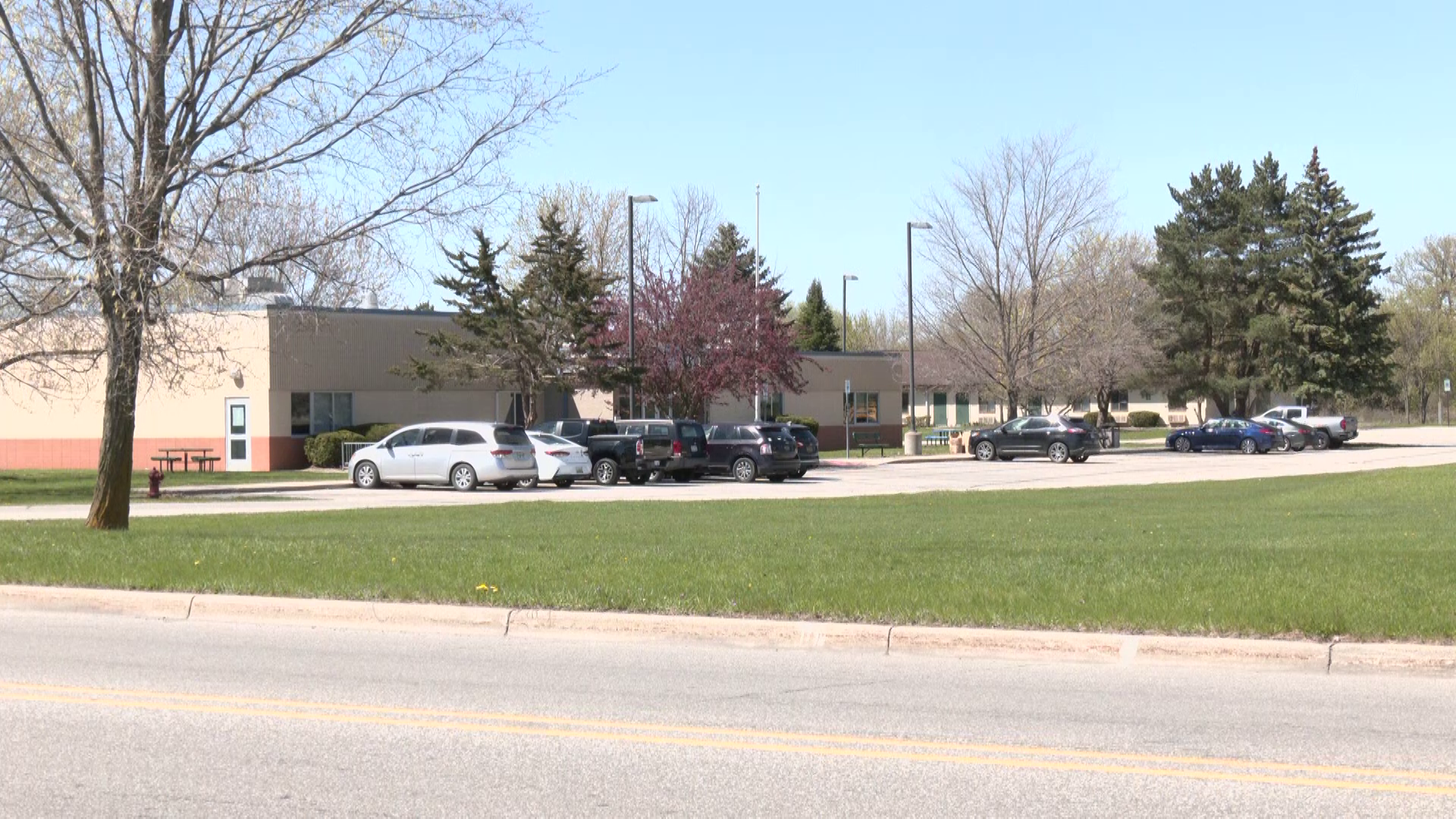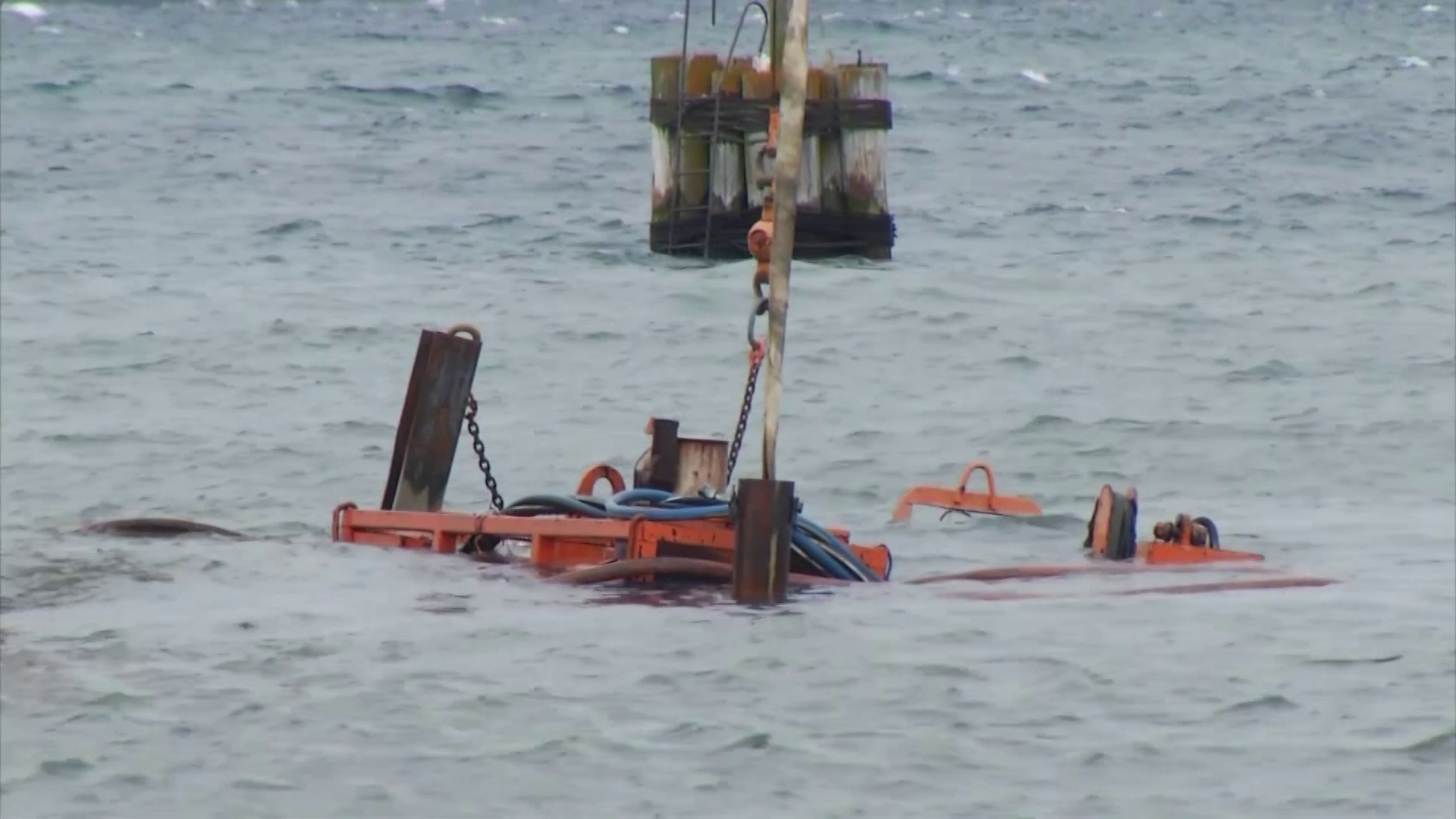All hands were on deck Saturday, October 6, 2012, where crews were removing the Brown Bridge Dam. Crews used a dewatering structure to lower water levels steadily. The plan was to lower the 20 feet of water slowly, taking up to a month.
But when a malfunction occurred and all the water went barreling downstream.
Steve Largent with the Grand Traverse Conservation District was the first to notice the malfunction with the dewatering structure.
“Of course, my heart went to my throat, and I was just like, ‘oh man, this isn’t good,'” Largent recalls.
He says it only took a few minutes from when he first noticed the malfunction to when the water started rushing downstream, damaging homes and prompting a state of emergency.
“The first thing we did of course was call 911 and then the county emergency coordinator,” Largent states. “After that I started going downstream just knocking house immediately downstream warning people and telling people they need to get to high ground.”
Around 55 homes were damaged by the flooding.
Grand Traverse County Emergency Managment Coordinator, Gregg Bird, says the flood helped reshape their response to these types of situations.
“Since then, we’ve added swift water rescue training within our fire departments. And also, our emergency notification system is a way to notify residents that automatically picks up national weather service warning,” Bird explains.
Their emergency notification system is called CodeRED. It notifies people with the app in case of an emergency.
The former site of the Brown Dam is being revitalized into its natural state. The Grand Traverse Conservation District has planted over 30,000 native trees and shrubs along the river and have also added pedestrian bridges and trails. They say they hope the area will serve families for generations to come.
“It once was a majestic forest, and that’s what it will be again,” Largent says.
© 2023 - 910 Media Group
